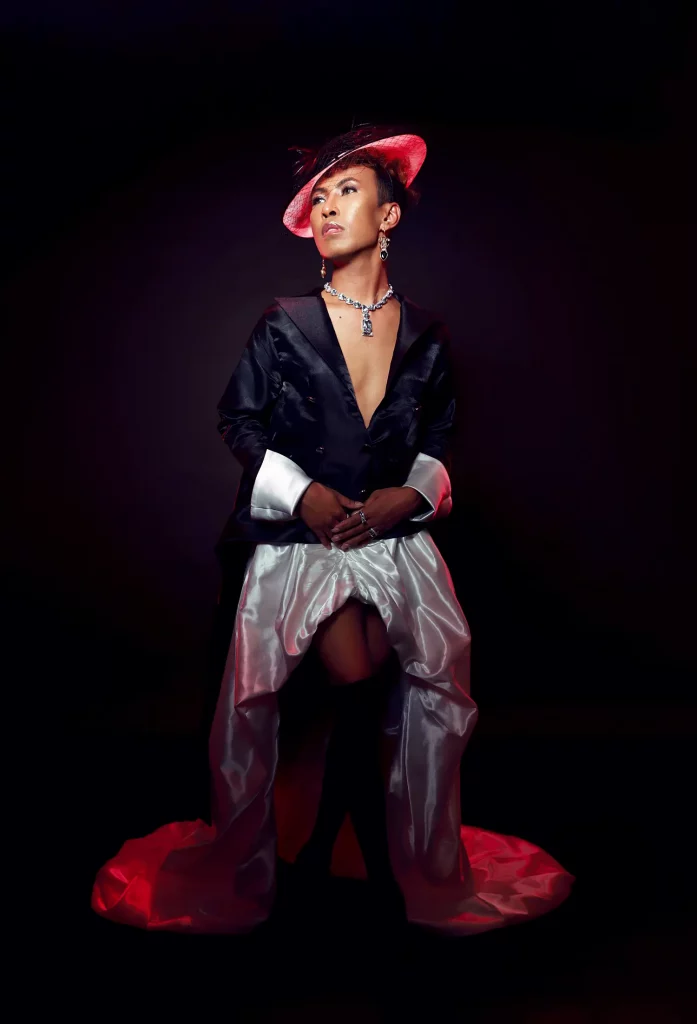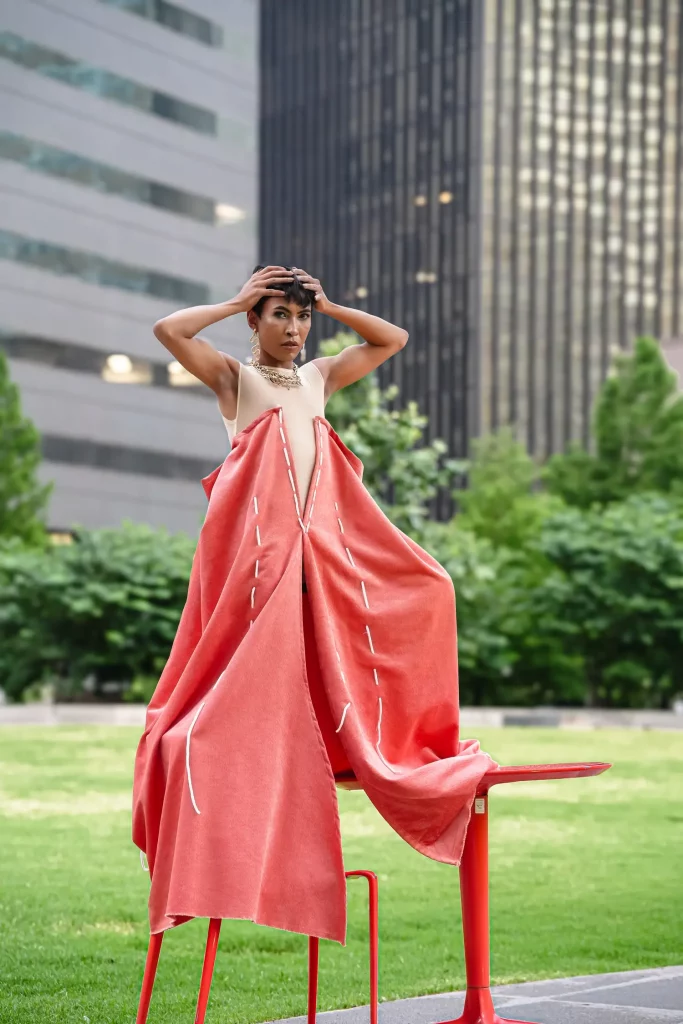In the world of fashion, standing out is key. Whether you’re an aspiring model, a seasoned professional, or someone passionate about fashion, having a well-curated portfolio is essential. It’s more than just a collection of photos; it’s a visual story of your journey, talents, and unique style. Let’s dive into why a strong fashion portfolio is crucial and how it can elevate your career.
Why You Need a Fashion Portfolio
1. Showcasing Versatility
A portfolio allows you to demonstrate the range of your skills and versatility as a model. It showcases your ability to adapt to different styles, themes, and moods. From high fashion editorial shoots to commercial projects, a diverse portfolio highlights your dynamic talent and makes you more appealing to potential clients and collaborators.
2. Building Credibility
A well-organized portfolio builds credibility and professionalism. It shows that you take your career seriously and are committed to presenting your best work. This credibility is essential for attracting reputable agencies, designers, and photographers who want to collaborate with dedicated and professional individuals.
3. Highlighting Key Achievements
Your portfolio is the perfect place to highlight your key achievements. Have you walked in major fashion shows, been featured in top magazines, or worked with renowned brands? Including these accomplishments not only boosts your credibility but also tells a story of your growth and success in the industry.
4. Making a Strong First Impression
First impressions matter, especially in the fashion industry. A visually appealing and well-structured portfolio can captivate viewers and leave a lasting impact. High-quality images, professional layout, and compelling content can make the difference between being noticed and being overlooked.
How to Create an Impressive Fashion Portfolio

1. Choose High-Quality Images
Quality over quantity is the golden rule. Select high-resolution images that showcase your best work. Focus on variety, including headshots, full-body shots, and themed photoshoots. Ensure the images are professionally taken and edited.
2. Organize by Category
Organize your portfolio into categories such as Editorial, Runway, Commercial, and Personal Projects. This makes it easy for viewers to navigate and find the type of work they are interested in. It also highlights your versatility and range.
3. Keep It Updated
Regularly update your portfolio with your latest work. An outdated portfolio can give the impression that you’re not actively working or evolving in your career. Keeping it current shows that you are continuously growing and achieving new milestones.
4. Add Personal Touches
Your portfolio should reflect your unique personality and style. Add personal touches such as behind-the-scenes shots, candid moments, and creative projects that showcase your individuality. This helps you stand out and adds depth to your professional image.
5. Include Contact Information
Make it easy for potential clients and collaborators to reach you. Include your contact information, links to your social media profiles, and a professional email address. A “Get in Touch” button can be a great call to action.
Conclusion
A strong fashion portfolio is more than just a collection of images; it’s a powerful tool that showcases your unique style, versatility, and achievements. It’s your visual resume that can open doors to new opportunities and elevate your career in the fashion industry. Invest time in creating and maintaining an impressive portfolio, and let it tell the story of your journey and passion for fashion.

